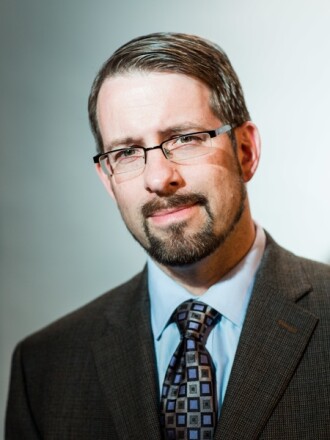In the waning hours of this year’s legislative session, a major change to Minnesota’s Open Meeting Law was passed. The original bill that carried the change had only one Senate hearing, was discussed for six minutes, and had no House companion. There were no House hearings. The conference committee that adopted the change did not discuss the issue in public.
Because of this, Minnesotans are now faced with a major Open Meeting Law change that almost no one in the public realized was coming.
ADVERTISEMENT
Going forward, local governing bodies such as school boards will be able to meet almost entirely remotely, from non-public locations, with only one member appearing in public. The change essentially takes the emergency meeting exception that applied during COVID and allows it to become a new normal, if local governments so choose. This will degrade local government responsiveness, and imperil local news coverage.


Minnesota’s Open Meeting Law (OML) was passed in the 1950s to ensure that members of the public would have physical access to the locations where elected officials meet to conduct business, and would have notice of where such meetings were being held. This had a dual purpose of allowing the public to observe meetings in progress, as well as to allow citizens to address officials in person before and after those meetings, so that they could ask questions or conduct discussions. This also held a large benefit for members of the press, who could ask after-meeting follow-up questions, without officials being able to dodge those questions by not returning phone calls or correspondence.
During the 1990s, as telecommunications technology became more widely available, the OML was modified to permit circumstances in which officials could attend meetings on a remote basis, so long as certain requirements were met. Those requirements included ensuring that meetings were broadcast; that remote attendees provided notice of where they would appear from; and that such attendees were required to appear from a “public place” like a library, rather than from a private location like their home (unless certain exceptions, such as a medical situation, applied).
This had several positive results. First, the notice provision gave citizens (and the press) information about where remote attendees would be, so that they could meet with them in person, just as they could otherwise do at the regular meeting location. Second, the mere existence of the “public place” requirement continued to encourage a culture of in-person government meetings, where public officials had to directly encounter constituents and reporters.
The only time when Minnesota law allowed unlimited remote meeting attendance from non-public locations was in the event of a pandemic or an emergency declared under Chapter 12. When COVID hit in 2020, those exact circumstances kicked in statewide for the first time, and most local government meetings were then conducted remotely, with officials participating from home (non-public locations).
The move to remote meetings during COVID was an understandable necessity, but it also caused collateral problems. Our organization heard repeated citizen complaints about degraded public engagement with elected officials. When meetings went “all virtual,” citizens lost the ability to encounter their elected representatives in person, and could only contact them via phone call or e-mail. Many of these calls and messages went unanswered, we were told. With no in-person option available, citizens reported that concerns were ignored, and questions went unaddressed. This was particularly frustrating for residents of localities that continued to meet in an all-remote format (due to the long tail of the COVID executive orders) while their surrounding jurisdictions went back to regular meeting procedures.
With the OML change that was just passed by the legislature, these kinds of problems are bound to recur. Now, local officials will be able to conduct remote meetings on a virtually unlimited basis, from non-public locations if they so choose. Citizens (and reporters) who were frustrated by their inability to connect with such officials in the immediate aftermath of COVID will find that the same problems will recur now, since the legislature has removed the guardrails in the Open Meeting Law that formerly held such problems at bay.
ADVERTISEMENT
In the upcoming special session, the legislature should move to repair the damage that has been done to the Open Meeting Law. It can repeal or sunset the change that was just made, and institute a working group to study what statutory updates might be necessary. Our organization has, in fact, proposed modifications to that law’s remote meeting provisions that would add additional flexibility, without entirely removing the law’s existing guardrails. The legislature should build on those proposals as a way to reinstate Minnesota’s previous open meeting tradition.
Matt Ehling is a board member of , a non-partisan, all-volunteer nonprofit organization.


















